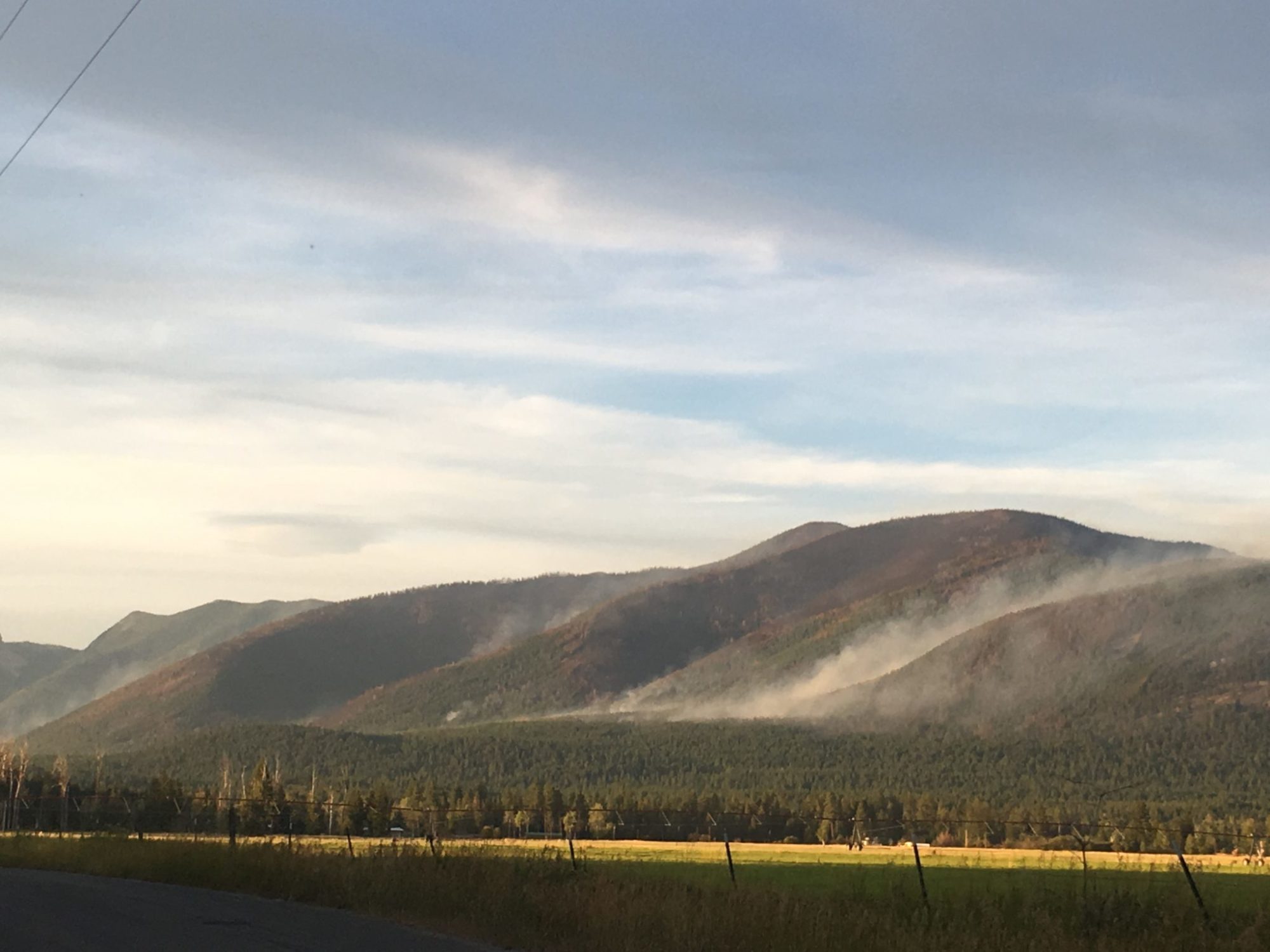Jeff Duncan: US Fire Policies Need Rethinking
The federal government is hamstringing fire prevention and firefighting efforts … creating serious environmental problems.
Traveling on his own time (and on his own dime), congressman Jeff Duncan and his wife paid a visit
